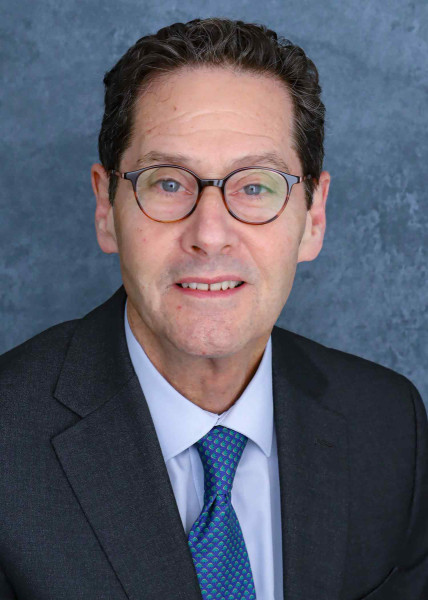Cornell expands wildfire sensor coverage to every NY county
“When the wildfire smoke hit New York, I received questions from partners around the state,” said Alistair Hayden, assistant professor of practice in the Department of Public and Ecosystem Health. “In talking to officials from around the state, it quickly bubbled up that many upstate communities had no data about their air quality. Smoke and population health was a concern, and we found that 28 of New York’s 62 counties did not have a single air-quality sensor able to detect fine particulate matter of at least 2.5 microns (PM2.5), which is the main component of wildfire smoke.”
Installing these sensors in all New York counties will allow state and federal agencies to observe smoke plumes in real time, collect data and issue precise, timely alerts to the public. Accurate data will inform local public health prevention-and-response actions, such as school closings, camp warnings and public service messages.
Wildfire smoke can be deadly, Hayden said, and its impact is not felt equally by all groups. “Current estimates are that over 6,000 deaths that occur each year are due to wildfire smoke,” he said. “People who work outdoors – or are unsheltered or living in drafty housing – are highly exposed. Those with the highest risk of death or major health impacts include children, older adults and those with diabetes and heart disease.”
Until this effort, New York counties lacking air-quality sensors were: Allegany, Cattaraugus, Chemung, Chenango, Clinton, Columbia, Delaware, Franklin, Fulton, Genesee, Herkimer, Jefferson, Livingston, Madison, Montgomery, Orleans, Oswego, Otsego, Saratoga, Schenectady, Schoharie, Schuyler, Seneca, Tioga, Washington, Wayne, Wyoming and Yates.
Cornell Cooperative Extension and the New York State Association for County Health Organizations helped install PurpleAir Flex air-quality sensors purchased for the project and link them to the Environmental Protection Agency’s Fire and Smoke Map. Now, officials in the New York State Department of Environmental Conservation and the New York State Department of Health, as well as policymakers, researchers and the public, can access air-quality data in real time for many more communities.
“The next time we have wildfires and smoke – and it will happen again – all of us will be very glad that these sensors are in place,” said Keith Tidball, assistant director of CCE. “Now, we’ll get more localized, tangible, complete and readily accessible information.”
As of late October, the expansion effort is nearly complete. The Cornell Atkinson Center for Sustainability provided rapid-response funding for this project.
For additional information, read this Cornell Chronicle story.
Cornell University has dedicated television and audio studios available for media interviews.
– 30 –


